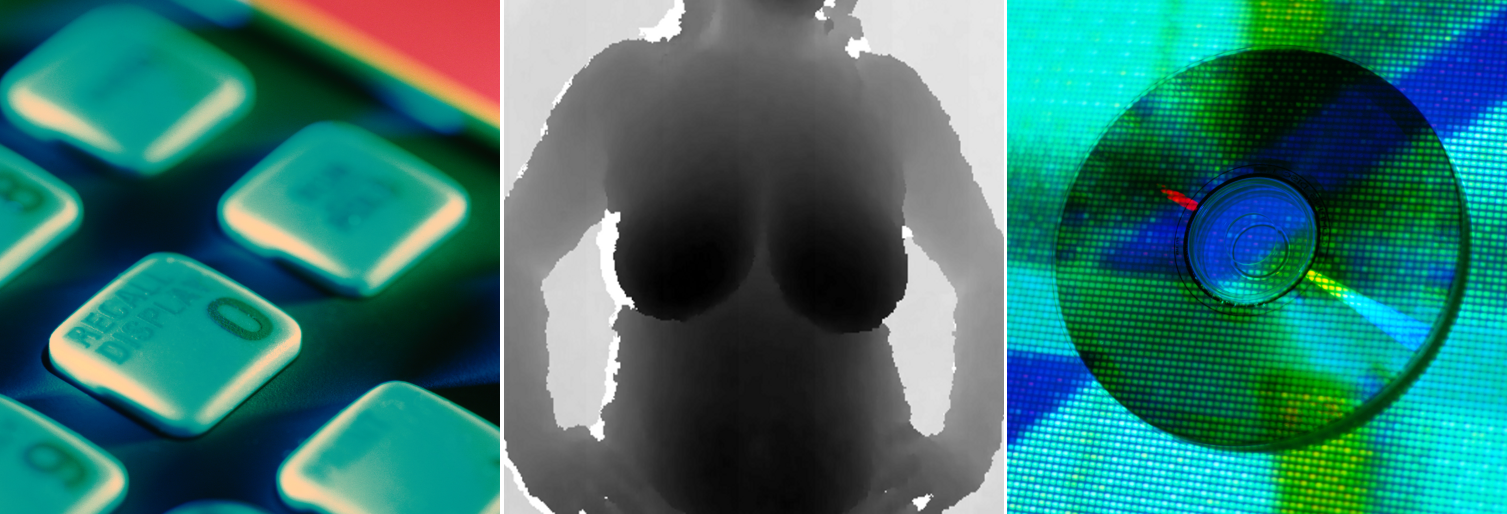UTM publishes three more papers in international journals
INESC TEC’s Telecommunications and Multimedia Unit (UTM) has recently published three more papers in international journals.
31st January 2014

The first paper focuses on the theme of safety in VoIP networks. UTM researchers Ricardo Morla and Ajmad Azad are the authors of the paper titled “Caller-REP: Detecting unwanted calls with caller social strength”, published in 2013 in the Computers & Security journal. In this paper, the authors present a novel content independent, non-intrusive approach based on caller trust and reputation to block spam callers in a VoIP network. “Our approach uses call duration, interaction rate, and caller out-degree distribution to establish a trust network between VoIP users and computes the global reputation of a caller across the network”, Ricardo Morla explained. The approach also uses historical information to automatically determine a global reputation threshold below which a caller is declared as socially non-connected and as a spammer.

The second paper was written by UTM researchers Hélder Oliveira, Jaime Cardoso, André Magalhães and Maria João Cardoso, and it is related to projects 3DBCT and PICTURE, which focus on the assessment of aesthetic results after breast cancer conservative treatment. Entitled “A 3D Low-cost Solution for the Aesthetic Evaluation of Breast Cancer Conservative Treatment”, the paper was published in December of last year in the journal Computer Methods in Biomechanics and Biomedical Engineering: Imaging & Visualization. The aim with the methodology described in this paper is to overcome the limitations in terms of reproducibility and objectivity in the methods used in the BCCT.core software. The main goal was “to develop a practical and simple tool, based on a computer algorithm that performs 3D reconstructions using low-cost devices”, stated Hélder Oliveira, adding that “the greatest innovation/contribution of this paper is the automatic detection of characteristic points in the images, and the extraction of volumetric information, which improves the overall assessment of the aesthetic result”.

The final paper, titled "The viStaMPS tool for visualization and manipulation of time series interferometric results", was co-authored by UTM researcher António Sousa. The paper presents a collaborative project that was born at the University of Trás-os-Montes and Alto Douro (vistamps.utad.pt). “The motivation for this was the fact that the software used for processing SAR time series (StaMPS) does not provide many options in terms of result visualisation or manipulation tools, forcing each user to develop their own algorithms”, António Sousa mentioned. This tool, which already has about 300 users worldwide, is being continuously, developed and a new version with different functionalities will be launched soon. The paper was published last year in Issue 5 of the journal Computers and Geosciences.
UTM/INESC TEC, January 2014


